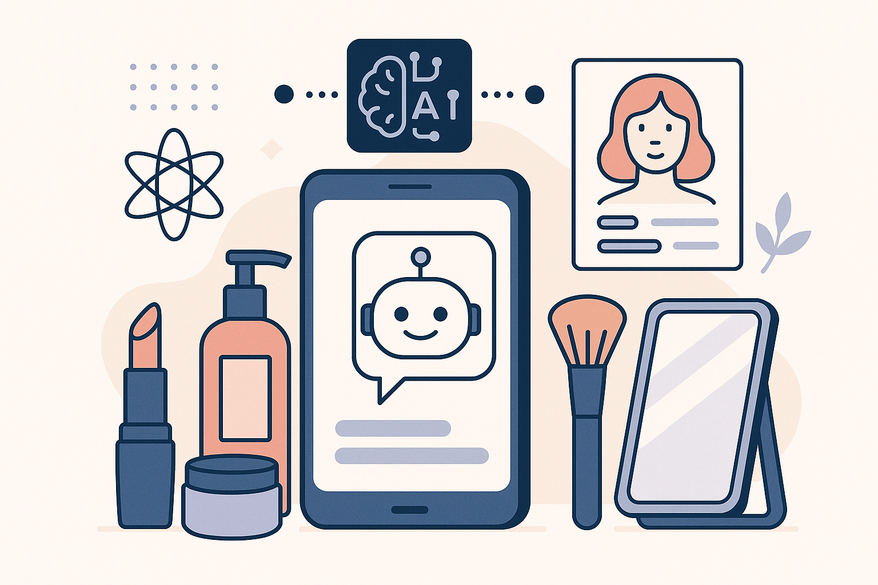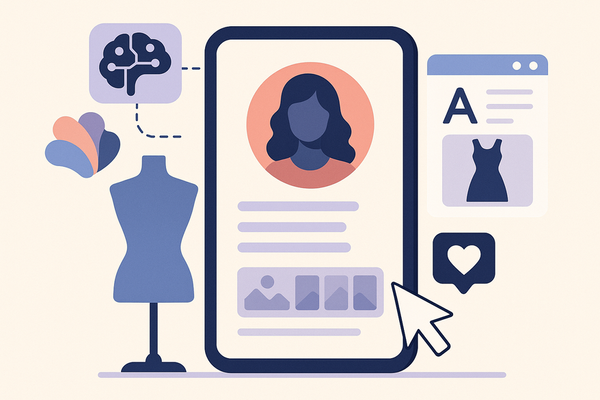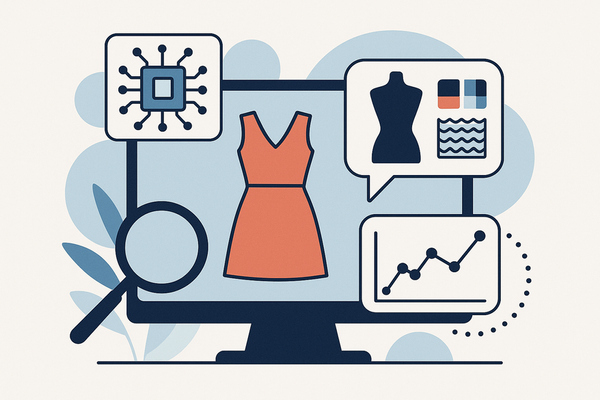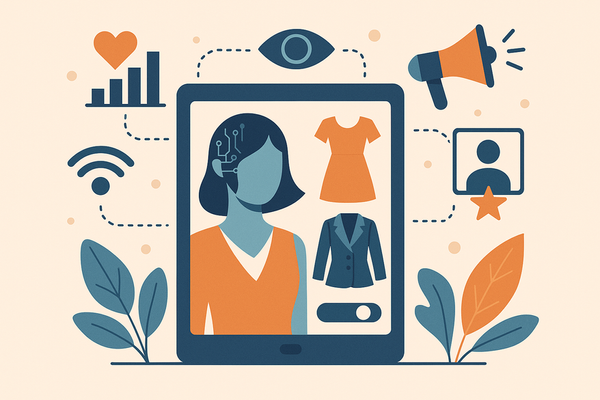AI Inclusive Beauty Advisor: Revolutionizing Personalized and Inclusive Beauty
Explore how an AI inclusive beauty advisor provides personalized, unbiased beauty solutions by leveraging machine learning and diverse datasets.

Estimated reading time: 6 minutes
Key Takeaways
- AI-driven beauty consultations can deliver truly personalized recommendations across all skin tones and hair types.
- Inclusivity in AI models is essential to eliminate legacy biases and ensure fairness.
- Consumers benefit from reduced guesswork and fewer product returns; brands gain loyalty, insights, and sustainability wins.
- Future trends include advanced diagnostics, next-gen virtual try-on, ethical transparency, and wellness integration.
Table of Contents
- Understanding AI in Beauty
- The Concept of Inclusivity in Beauty
- The Role of an AI Inclusive Beauty Advisor
- Benefits and Impact
- Future Trends and Developments
- Conclusion
For deeper insights and AI-powered reports, explore the Maxx Report.
Understanding AI in Beauty
Technical Definition
Artificial intelligence in beauty harnesses machine learning algorithms—*from convolutional neural networks to decision trees*—to decode imaging data and consumer interactions. These systems detect patterns in skin, hair, and style preferences to suggest tailored products and routines.
Data Inputs
- High-resolution skin and hair images captured via smartphone cameras
- User survey responses covering allergies, lifestyle, and goals
- Purchase history and browsing behavior
- Social media trends, hashtags, and influencer feedback
Key AI Applications
- Personalized makeup recommendations: Shade-matching algorithms map skin tone across the Fitzpatrick scale for precision and diversity.
- Skin analysis tools: Image segmentation reveals hydration levels, pigmentation spots, texture, and UV damage.
- Virtual try-on: Real-time rendering shows how products appear under various lighting conditions.
- AI chatbots and virtual assistants: Natural language bots refine advice through ongoing feedback loops.
The Concept of Inclusivity in Beauty
Defining Inclusivity
Inclusivity means representing the full spectrum of human diversity:
- Skin tones from fair to deep
- Hair textures from silky straight to tight coils
- Gender identities and ages
- Cultural norms and beauty traditions
Evolution in Beauty Brands
“Inclusivity isn’t a trend—it's a necessity.”
• Expanded shade ranges and formulas tailored to diverse skin types
• Inclusive marketing campaigns featuring varied identities
• AI training sets built with representative samples to minimize bias
The Role of an AI Inclusive Beauty Advisor
What It Is
An AI inclusive beauty advisor merges adaptive algorithms with diverse datasets, delivering unbiased recommendations regardless of skin tone or hair type.
Core Features
• Adaptive algorithms that recognize diverse Fitzpatrick skin types, L’Oréal’s 40-shade scale, hair porosity classes, and facial structure variations.
• Continuous learning pipelines with regular bias audits and retraining on new demographic data.
• Transparent UX/UI showing users how recommendations are made and how data is used.
Case Study: Olay Skin Advisor
An AI platform that analyzes selfies, questionnaire responses, and environmental factors to suggest tailored regimens. It achieved over 90% accuracy across diverse populations thanks to inclusive training data and bias checks. Learn more about similar AI beauty advisor approaches.
Benefits and Impact
For Consumers
• Tailored advice for unique skin, hair, and aesthetic goals, boosting confidence.
• Improved accessibility for remote and underserved users.
• Reduced guesswork and fewer product returns.
For Brands
• Enhanced customer loyalty and lifetime value through authentic inclusivity.
• Agile product development guided by real-time inclusive consumer insights.
• Sustainability gains from reduced waste.
Future Trends and Developments
Advanced Diagnostic AI
Integrating dermatological health data, environmental exposures, and lifestyle metrics for holistic regimens. See related AI skincare tools.
Next-Gen Virtual Try-On
Real-time lighting and texture simulation supporting all skin tones equally.
Ethically Transparent AI
Public bias audit disclosures and user-controlled data-sharing consents.
Expansion into Wellness
AI recommending nutrition, sleep, and stress management based on cultural and genetic factors. Also explore personalized makeup solutions.
Conclusion
An AI inclusive beauty advisor delivers unbiased, hyper-personalized beauty advice by blending cutting-edge machine learning with diverse, representative datasets. This synergy of technology and inclusivity leads to better outcomes for consumers, stronger brand equity, and a more ethical beauty industry. Key takeaway: technology + inclusivity = enhanced trust, loyalty, and sustainability.
FAQ
Q: How does an AI beauty advisor ensure recommendations are inclusive?
A: By training on diverse datasets—covering all skin tones, hair types, ages, and cultural backgrounds—and conducting regular bias audits.
Q: Can I trust virtual try-on to reflect real-world results?
A: Yes, next-gen rendering engines simulate lighting and texture accurately, so you see a near-true preview before purchase.
Q: Is my personal data safe with these AI advisors?
A: Leading platforms implement transparent consent flows and GDPR-style controls, giving you full control over data sharing.





